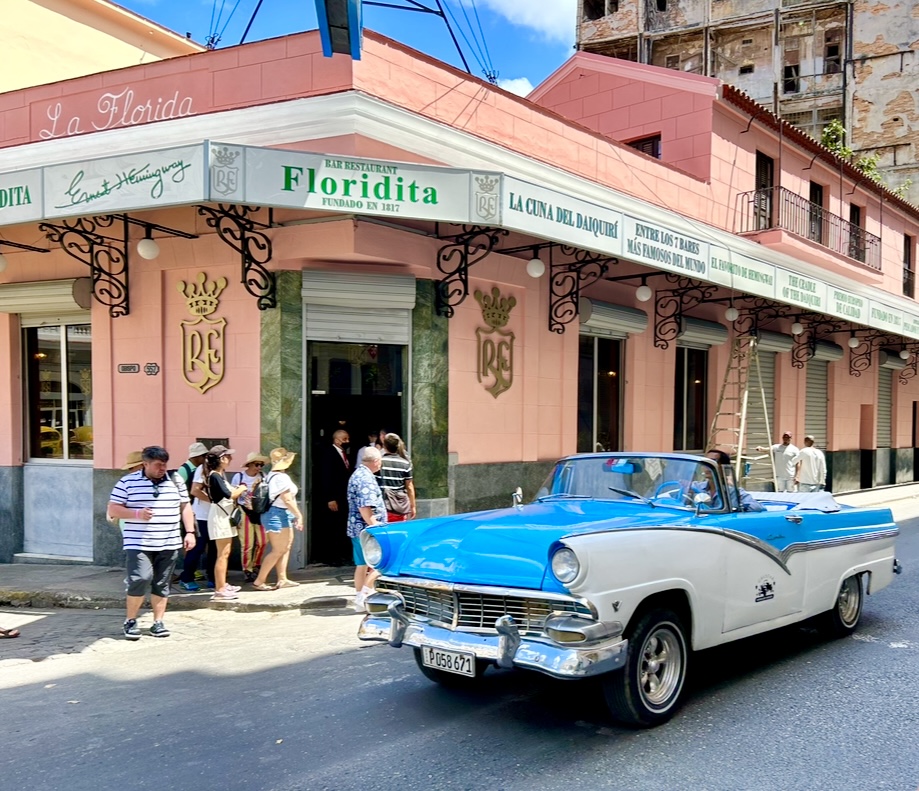Travelers get “two for the price of one” when your hotel is not only near a historical site but is, itself, a property of significance – and one which allows you, during your stay, to be a part of its legacy. Architectural Digest has named Detroit’s new, 117-room Roost at Book Tower Hotel one of the most beautiful repurposed buildings in the world.
Dan Gilbert’s Bedrock real estate company, which also created the Motor City’s Shinola Hotel, spent $400 million over seven years to restore the Italian Renaissance-style, 38-story office building that was, when constructed in 1926, Detroit’s tallest.
Architectural Digest included only two other U.S. buildings: Boston’s Liberty Hotel and Emporium Arcade Bar in San Francisco.
Kempinski Hotels deserves the praise the company receives for its record of renovating and preserving historic buildings around the globe by turning them into vibrant, luxury hotels which become landmark destinations and social hubs. Kempinski Hotels, recommended by the Virtuoso Luxury Travel Network’s top providers, have been created in places such as a courthouse in Yangon, Myanmar; an 1858 Bavarian royal guesthouse in Munich; the neoclassical Central Telegraph Building in Vilnius, Lithuania; Singapore’s Capitol Building – a former theater; plus have invested in current renovations in the Dresden, in Germany’s Saxony region, to name just a few.
Kempinski’s Ciragan Palace, on Turkiye’s Bosphorous River dividing Europe and Asia in Istanbul, dates to the Ottoman eras Sultans of the 17th century. Guests, just like the world-famous royals, heads of state and artists who have stayed there, can marvel at the marble of the Imperial Turkish Hamam. This fairytale property belongs on the list of Istanbul’s tourist treasures, which includes Maiden’s Tower, Blue Mosque, Cistern, Grand Bazar and Byzantine Hagia Sophia.
One of Kempinski’s more recent renovated and restored openings is the Gran Hotel Manzana in Old Havana, Cuba, where the exterior architecture of the UNESCO World Heritage buildings is as vital to the local character as the classic pastel-colored Buicks, Thunderbirds, Chevrolets, and yellow tuk-tuk taxis lined up out front.
Gran Manzana’s rooftop restaurant and bar, swimming pool deck and spa spaces provide panoramic views of the surrounding buildings including the eye-candy of the renovated capitol dome, Bacardi headquarters, and, just across the street, the El Floridita Bar – the “Cradle of the Daquiri” Ernest Hemingway made popular.
Gran Manzana, in the historic Manzana de Gomez building, is now considered Cuba’s most luxurious hotel, but a museum in the hotel basement displays photos of the original construction and building, which was once a school and shopping mall, and maintains an entire wall of the original, rocky foundation.
Outside Kempinski’s realm, Hotel Brunelleschi, created within a sixth-century, circular Byzantine tower and medieval church hidden in Florence, Italy’s city center, is so historically significant author Dan Brown included it in his book “The Da Vinci Code (he described it as “living in luxury.”) Hotel Brunelleschi, recommended by IC Bellagio, Italy’s premier travel advisor, is a stone’s throw from the iconic, 1436 Duomo cathedral and all of Florence’s dramatic churches, famed museums and the Ponte Vecchio.
Contact Michael Patrick Shiels at MShiels@aol.com His radio program may be found at MiBigShow.com or weekday mornings from 9-noon on WJIM AM 1240

